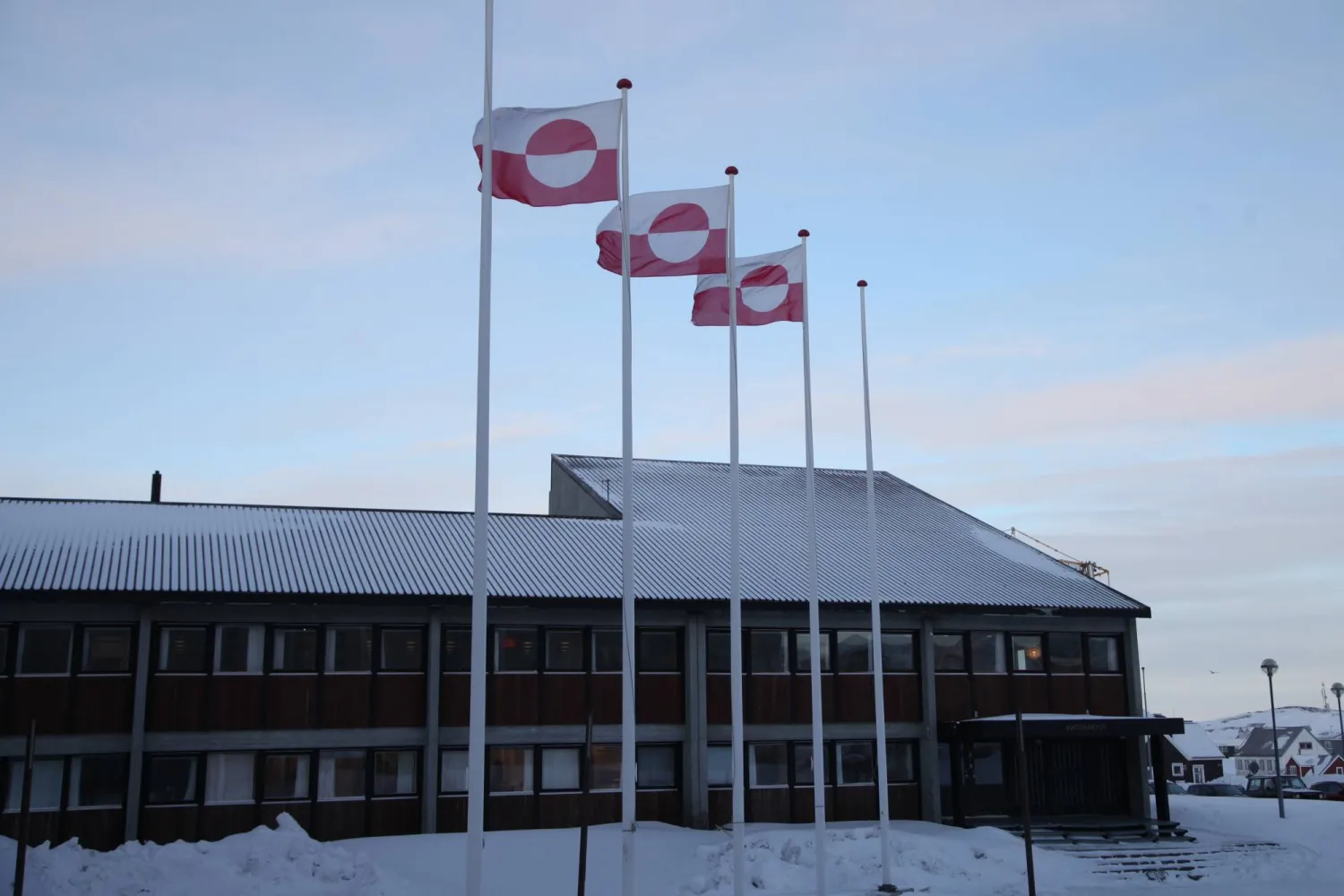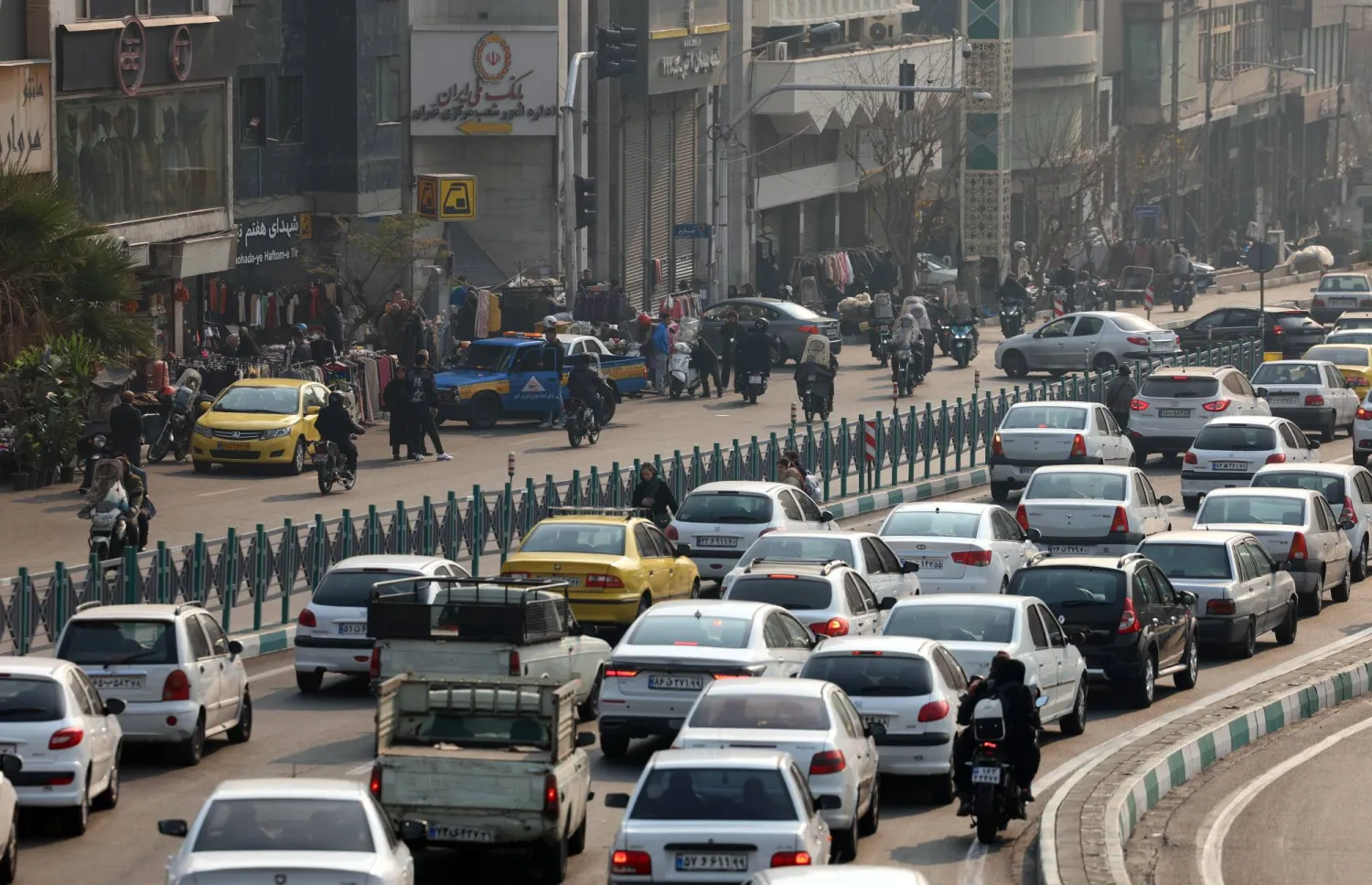Bilal, a Lebanese engineer, decided to move his family from Lebanon’s southern border town of Aita Shaab to Tyre on the second day of the war between Israel and Hamas in the Gaza Strip.
The war is now in its third week. Tensions have risen along the Lebanon-Israel border, where Hezbollah members are exchanging fire with Israel.
For now, those exchanges remain limited to a handful of border towns and Hezbollah and Israeli military positions on both sides.
Bilal commutes daily from the city of Tyre to his hometown to continue his work.
“I head out in the morning from Tyre to Aita and return in the evening,” he told Asharq Al-Awsat.
He added that there is no room for fear as long as the course of the battle continues within the conflict zones.
However, at the same time, he states that he managed to safeguard his small family and his two newborn children from the sounds of the shells.
Like the circumstances of many, Bilal’s situation mirrors that of numerous others.
Many have relocated their families to safer areas in Beirut, Sidon, and Tyre.
They return to their villages in the morning and leave in the evening to continue their work.
Residents of the border region say that Syrian workers are the only ones who have completely evacuated.
As for the inhabitants of the border villages, approximately 20% of them have returned.
Most of them leave the villages in the evening, but in the morning, they resume their work in agriculture, livestock farming, and other sectors.
Asharq Al-Awsat conducted visits to several border villages in southern Lebanon, and the situation does not appear normal.
In the village of Kafr Kila, overlooking the border, the town is nearly devoid of women and children, except for around 20 households whose residents either cannot leave due to their financial circumstances or their involvement in local jobs.
“However, the town’s youth have not abandoned it, prepared for any emergency, and the situation has not reached a point of permanent departure yet,” as per Mohammed, who is currently residing in Kafr Kila.
Not far away, a sense of confusion prevails in the town of Khiam.
After approximately 90% of its population fled to neighboring villages and Beirut over the past week, today, 20% of them are returning.
“The situation is expected to prolong, possibly for more than a month,” said Abbas, who owns a local grocery store.
“We can't stay away from our homes given the economic reality outside Khiam. We've returned to work, even at a slower pace. Those who remained steadfast here, whether locals or others, deserve our support for what they’re enduring,” added Abbas.
“We have some of the necessary supplies like chicken and basic groceries that the residents of nearby towns lack since most of the large stores, groceries, and bakeries have closed there,” he explained.
In Qlaiaa, the Christian town that provided refuge for Shiite residents who fled during the 2006 war, there’s no room for further displacement this time around.
“The circumstances are different now, and we have no available rental homes,” said Charbel, a Qlaiaa local.
Life in Qlaiaa seems relatively normal. Some farmers have begun the olive harvesting season, and local olive oil mills have opened their doors, producing olive oil.
However, Charbel does not hide the fact that only about forty families from the original town population remain permanently.
The rest have left for Beirut, fearing a repeat of the July 2006 war.
“No one knows the consequences, and live fire continues to be heard, leaving fear within homes,” Charbel told Asharq Al-Awsat.
The town, where the Lebanese Forces party holds substantial influence, strongly opposes any missile launches from its vicinity.
Locals believe that launching missiles from outside the town towards Israel would jeopardize the stability of the people who refuse to forcibly push some villages into the war.









